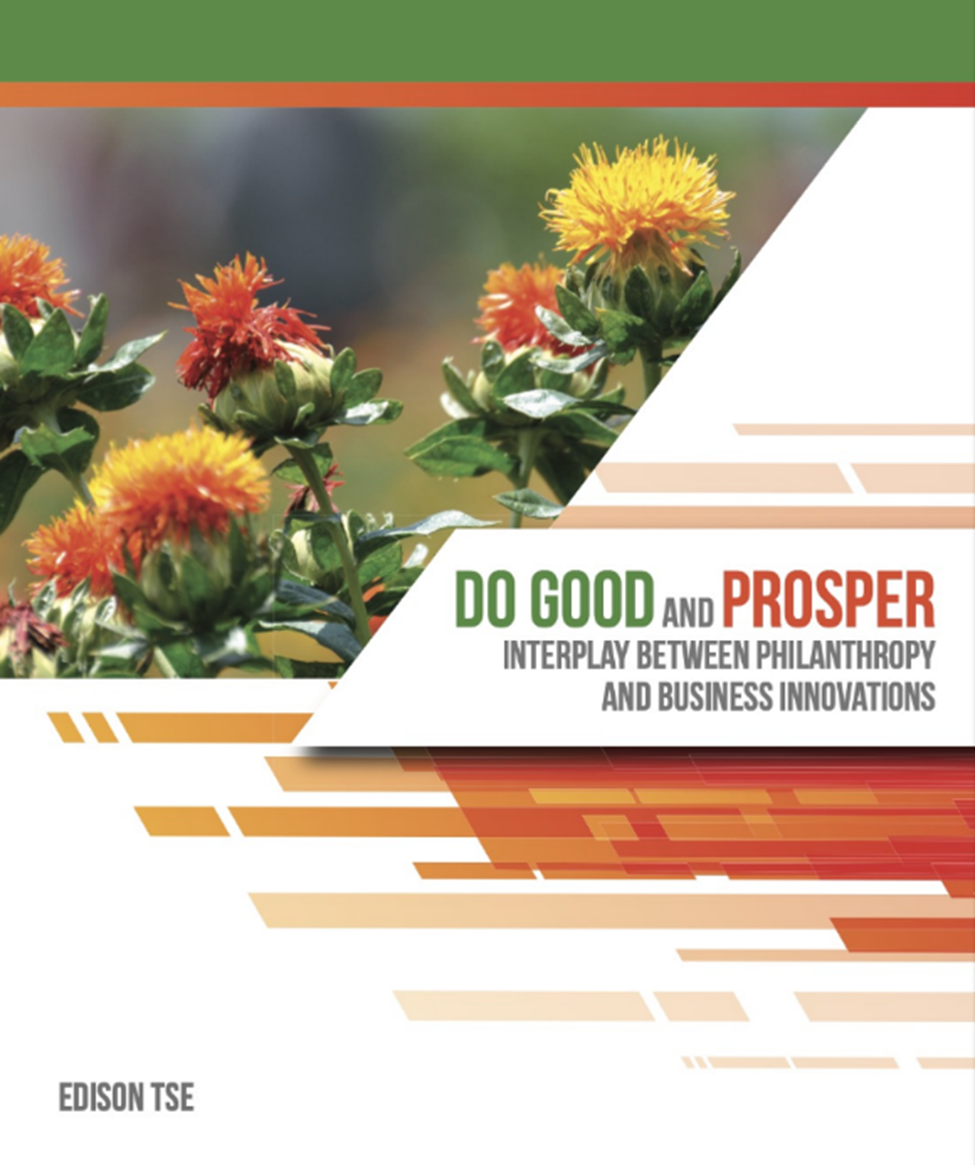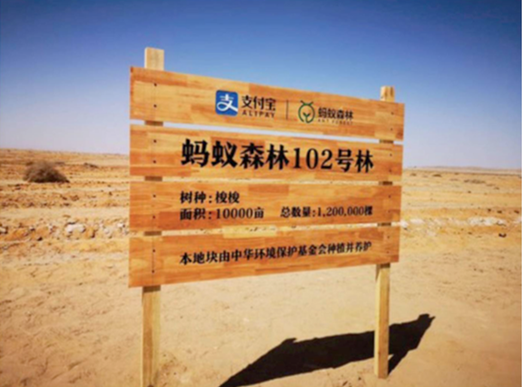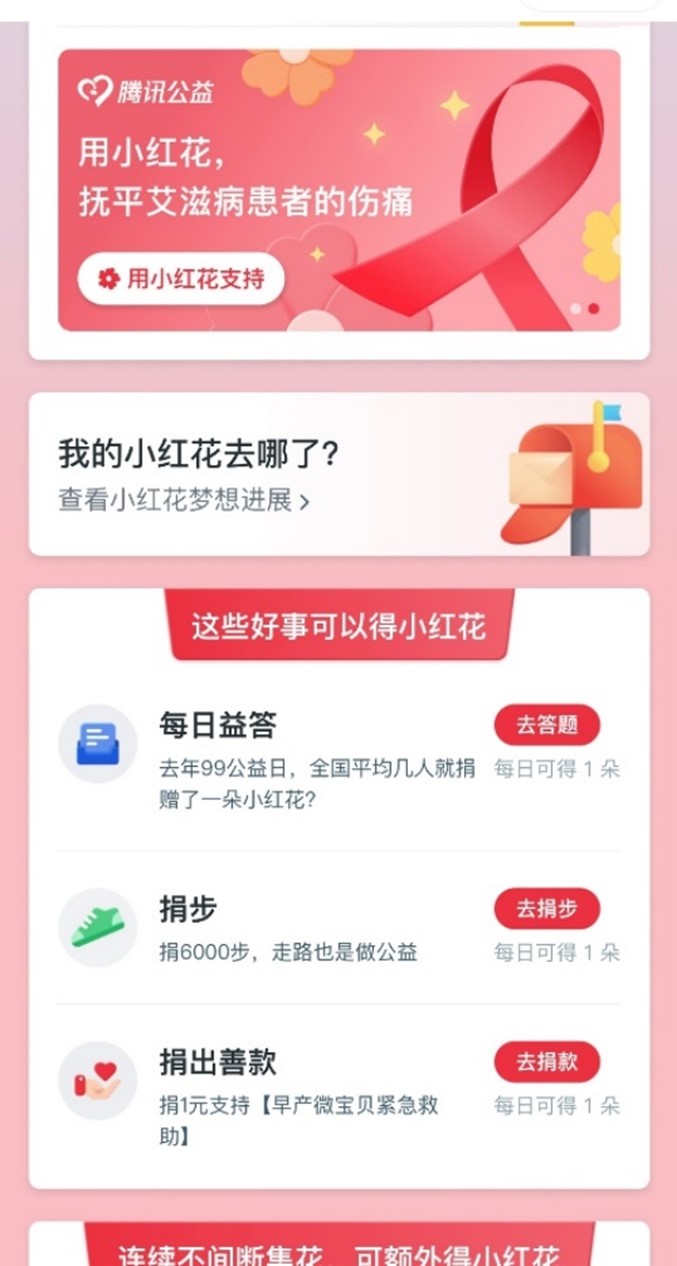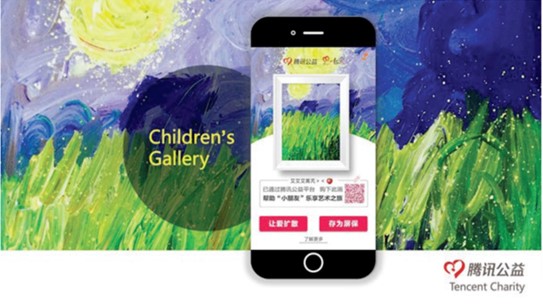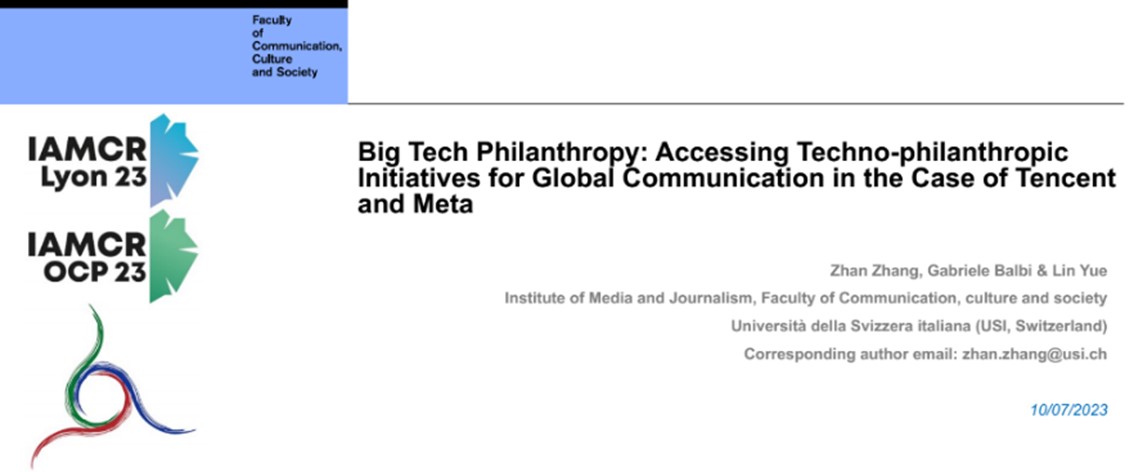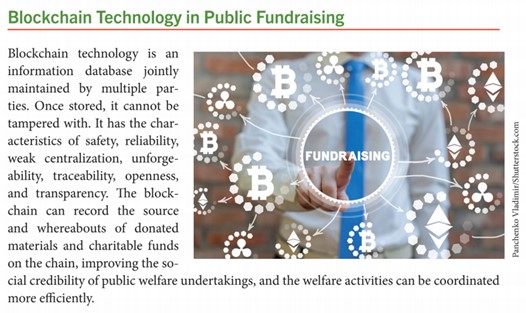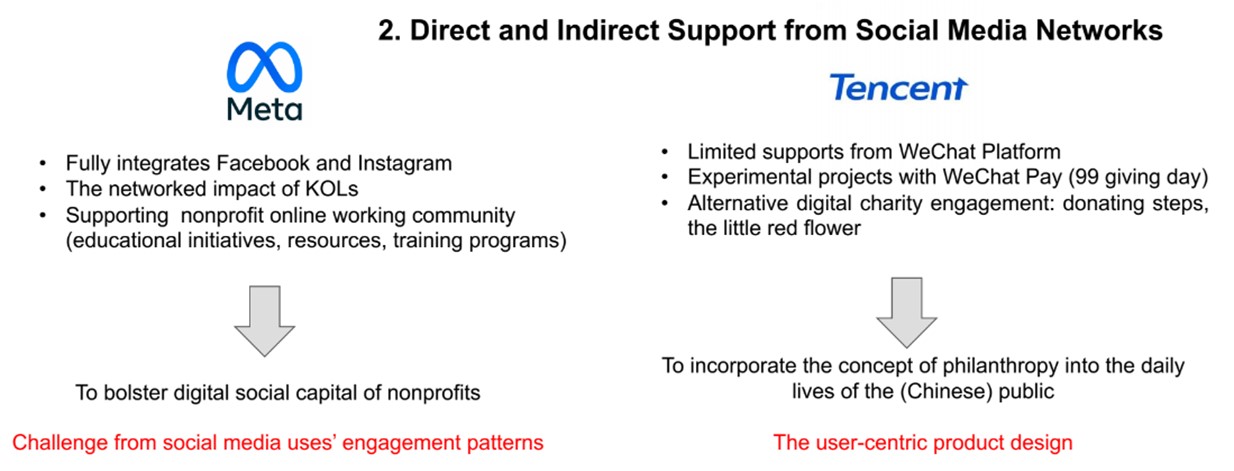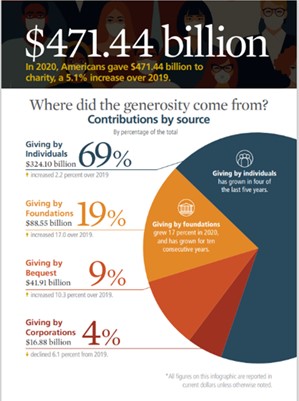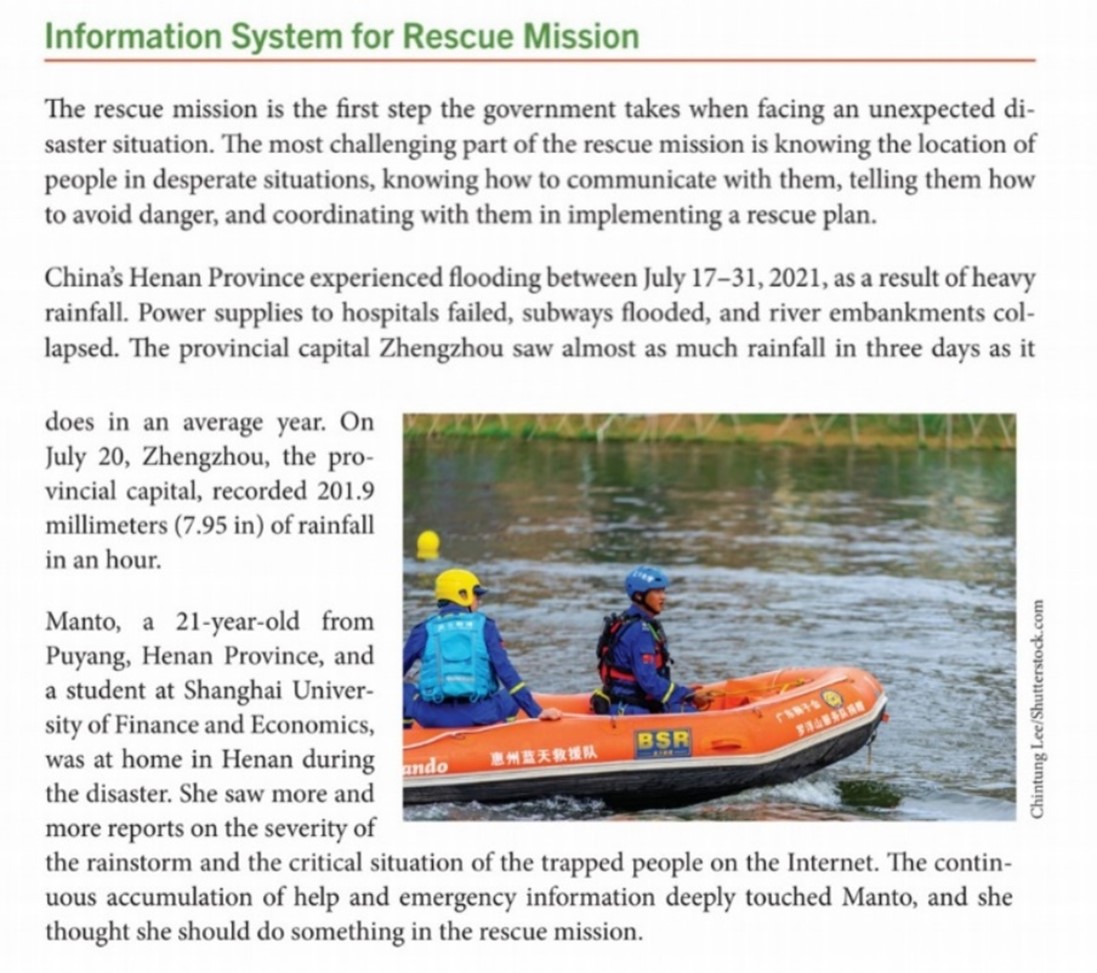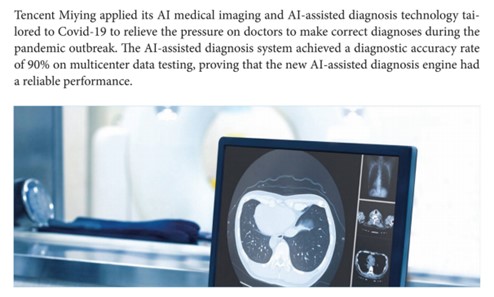The technological achievements of internet firms can significantly expand the potential of philanthropic initiatives
Los Angeles, CA (Sept 5, 2023) – As the United States gears up for its annual Labor Day celebrations in early September, attention in China veers toward a distinct form of societal engagement: philanthropy. This shift is not merely an outcome of the official “Chinese Charity Day” observed on September 5th but is also propelled by the burgeoning phenomenon known as “99 Giving Day,” which has captivated the Chinese populace in recent years.
99 Giving Day is a nationwide philanthropic enterprise that has garnered unprecedented levels of public participation and has had a sweeping societal impact across China. Since its inception in 2015 through to 2022, an astounding 280 million individuals have actively engaged in philanthropic endeavors during the event, collectively contributing more than 13 billion yuan.
This recurring philanthropic extravaganza has concomitantly spurred a noticeable surge in China’s digital philanthropic initiatives. According to statistics unveiled at the 2023 China Internet Philanthropy Summit, there have been more than 51 billion instances of participation in digital charitable activities within China over the past eight years, amassing a staggering 35 billion yuan in philanthropic donations.
Although China may have been a latecomer to the domain of structured philanthropy in comparison to other nations, its citizenry has rapidly emerged as one of the most sizable contingents of philanthropic contributors facilitated by internet technologies.
When examined through the prism of Western discourse, this emergent phenomenon, herein termed ‘Internet Philanthropy,’ establishes a groundbreaking paradigm within the historical trajectory of charitable giving.
Internet Philanthropy:
Fostering the Coexistence of Business and Social Development
What are the origins of China’s internet-driven philanthropy and what fuels its remarkable traction? How does it break away from Western conventions?
Edward Tse’s forthcoming book “Do Good and Prosper: Interplay Between Philanthropy and Business Innovation” sheds light on these questions.
(Source: Do Good and Prosper)
Edison Tse is the Director of the Asia Center of Management Science and Engineering, an institution tasked with the development of executive training programs tailored for leaders in Asian enterprises.
First and foremost, a plethora of Chinese internet technology powerhouses have made a foray into the philanthropic sphere, weaving altruistic endeavors into the fabric of their corporate stratagems.
Traditionally,corporations prioritize profit-making before venturing into philanthropy. However, Chinese internet firms have debunked this age-old credo.
In China, virtually all internet behemoths acknowledge that sustainable growth demands more than a laser-focus on core operations; it also requires forging meaningful touchpoints with the populace. Philanthropy is an effective strategy for building rapport with individuals, which in turn increases user engagement and strengthens trust.
Consider, for instance, ‘Ant Forest,’ an innovative philanthropic program introduced by Ant Financial’s charity platform.
Users amass virtual ‘green energy’ through daily actions such as walking and carrying out online transactions, or activities that culminate in measurable carbon reduction. When the user reaches a certain threshold of green energy, the Ant Group’s philanthropic arm plants trees in designated areas .
By the end of 2017, participants in the Ant Forest initiative had collectively facilitated the planting of approximately 13.14 million trees, engaging a sizable community of 280 million individuals. These participants are able to directly observe the tangible impact of their efforts through satellite mapping technologies, thereby appreciating the positive ecological ripple effects they have initiated.
(Source: Ant forest)
Similarly, in the course of the 2019 edition of 99 Giving Day, Tencent, a frontrunner in the realm of Chinese internet philanthropy, introduced ‘Little Safflower’ as its emblem symbolizing love and altruism. Concurrently, they launched the ‘Little Safflower Philanthropy Account’ on WeChat.
Users earn little safflowers by partaking in charitable activities, such as recycling used items, donating physical activity tracked on WeChat, and engaging in philanthropic quizzes.
Accumulating enough little safflowers triggers Tencent’s donation to earmarked charitable initiatives, with larger flower counts translating to heftier donations.
This approach not only invigorates philanthropic activities but also transmutes the very nature of philanthropy into an intrinsic component of users’ daily experiences. This dual-purpose strategy simultaneously boosts engagement on social platforms like WeChat while increasing product stickiness, resulting in a win-win situation for all parties involved.
(Source: WeChat mini program to donate little safflowers)
China’s internet-based enterprises have adroitly tailored their philanthropic strategies, creating customized campaigns and well-being products that reflect a nuanced understanding of community needs. They’ve pivoted from a simplistic input-driven model to complex, user-centric frameworks, seamlessly blending everyday user activities with charitable missions.
Furthermore, philanthropy in China transcends its role as a mere crisis response mechanism and serves as a supplement the national welfare system, consequently aiding in the advancement of sustainable economic growth.
The Wenchuan earthquake, which occurred on May 12, 2008, in Sichuan Province with a magnitude of 8.0, was a seminal event in the trajectory of internet-based philanthropy in China. Post-disaster, the internet became a locus for relief efforts, leveraging platforms such as forums, microblogs, and QQ groups for fundraising, locating missing persons, and offering condolences. This crisis response mechanism not only illuminated China’s rapidly expanding philanthropic capabilities but also underscored its increasingly conspicuous role in the global philanthropic landscape.
This catalytic event ushered in an era of exponential growth for internet-based philanthropy, dovetailing with advancements in China’s digital technology landscape. Subsequent to 2010, major internet companies—including Tencent, Alibaba, Sohu, Baidu, and Sina—ramped up their philanthropic endeavors, birthing a plethora of innovative philanthropic models.
Chinese corporations began to explore the distinct capabilities of internet companies in furthering philanthropic initiatives, thereby embarking on a trajectory characterized by increased professionalization, organization, and collaborative social progress.
Historically, philanthropic initiatives were largely confined to fundraising activities that provided short-term relief but were less impactful in addressing root causes of societal challenges. Conforming to the adage, Give a man a fish and you feed him for a day; teach a man to fish and you feed him for a lifetime,” modern philanthropy has evolved to encompass more than mere financial or material contributions. It now promotes active engagement and collective action to mitigate systemic issues.
During 99 Giving Day in 2017, Tencent launched an innovative initiative dubbed ‘Kid’s Gallery.’ This endeavor involved auctioning artwork created by children with special needs, including those diagnosed with conditions such as cerebral palsy, Down syndrome, and intellectual disabilities. This initiative quickly gained traction, amassing 15 million yuan within a mere six-hour timeframe on social media platforms.
In the five years following the initiative, the generated proceeds enabled the World of Art Brut Culture (WABC) Public Welfare Foundation to provide art therapy to more than 10,000 individuals contending with mental health challenges, as well as their affiliated support networks nationwide, leading to tangible improvements in personal development.
The considerable impact of the ‘Kid’s Gallery’ project extended beyond financial gains; it conferred upon young artists a renewed sense of self-worth and validation, thereby emphasizing their capability to make meaningful contributions to society despite their disabilities. This empowerment arguably surpasses the benefits conferred by mere financial donations, underlining the transformative potential of holistic philanthropic models.
(Source: ‘Kid’s Gallery’charity project)
In 2019, the China Women’s Development Foundation launched the “Gifted Mother” program designed to economically empower financially marginalized women through specialized skills training.. Significantly, the program hasalso acted as an impetus for the conservation ofcultural heritage.
Guided by these philanthropic initiatives, rural women, who were previously unfamiliar with the commercial side of folk art, have effectively brought their creations to the global art market. To date, 785 of their artworks have been acquired by globally reputed art galleries,resulting in asignificant increase in these women’s incomes.
(Source: “Gifted Mother” charity project)
This development signifies a critical shift in China’sapproach to philanthropy, moving from a focus on direct financial contributions to a more holistic model incorporating vocational training and entrepreneurial guidance. By doing so, the root causes of systemic issues are more directly addressed, offering a more sustainable solution.
This innovative, internet-driven philanthropic model has not only diversified China’s charitable landscape but has also garnered both academic attention and international acclaim.
Numerous avenues for future research remain unexplored. A pertinent area warranting attention is the potential contributions of American internet technology firms to the domain of philanthropy. Considering the mature philanthropic infrastructure already established in the United States, an exploration into whether China’s innovative techniques could offer actionable insights in other contexts might also be of value.
Comparing Eastern and Western Philanthropic Models:
An Emerging Global Discourse
Contrary to popular belief, Edison Tse is far from the first scholar to explore internet-based public welfare. In truth, this subject has garnered significant attention from the international academic community, leading to a burgeoning trend of comparative analyses of philanthropic models.
For instance, at this year’s International Association for Media and Communication Research (IAMCR) conference, scholars presented comparative analyses focused on the philanthropic models adopted by corporations in China and the United States. The academic discourse revolved around case studies of Tencent and Meta, serving as examples from each nation.
(Source: Big Tech Philanthropy)
Corporate Objectives in Philanthropy:
For Metabrand cultivation is the linchpin of its philanthropic agenda. While remaining profit-driven, a nominal percentage of its earnings is earmarked for altruistic ventures as a demonstration of its commitment to corporate social responsibility. Mark Zuckerberg’s multi-billion-dollar contributions across diverse sectors, including healthcare, education, and augmented reality technology, serve as illustrative examples.
In contrast, Tencent adopts a dual strategy involving matching donations and employee participation encapsulated by its corporate motto, “Technology for Good” Although Tencent’s philanthropic activities may not generate immediate financial returns, the company maintains a steadfast, long-term commitment to its charitable endeavors.
Digital Philanthropy and Security:
Meta frequently leverages personalized storytelling and digital marketing strategies in its philanthropic efforts. The globally viral ‘Ice Bucket Challenge’ on Facebook showcases the power of celebrity influence in fundraising, albeit with inherent risks, such as potential health hazards from exposure to ice water and concerns about fund allocation and traceability.
On the other hand, Tencent places a premium on procedural integrity and regulatory compliance in its digital philanthropic initiatives. It has even assimilated blockchain technology into its philanthropic endeavors, thereby elevating both security and transparency standards in fundraising and project implementation.
(Source: Do Good and Prosper)
Guided Donation Strategies:
Meta predominantly collaborates with public figures, leveraging them as Key Opinion Leaders (KOLs) in philanthropic campaigns across platforms like Facebook and Instagram. This is in line with a broader American trend, which has led critics to label it as ‘elite philanthropy,’ given that small-scale contributions from the general populace often go underreported or unrecognized.
In contrast, Tencent advocates for an egalitarian approach to everyday philanthropy with its flagship ‘Little Safflower’ initiative. This program allows each of WeChat’s 1.3 billion users to earn ‘Little Safflower’ tokens through daily activities, which can subsequently be converted into charitable donations. In 2021 alone, the initiative engaged over 91 million participants, accumulating 460 million tokens and amassing an impressive 5.4 billion yuan in contributions.
(Source: Big Tech Philanthropy)
Although this discussion has primarily focused on corporate strategies in philanthropy, it is crucial to extend the analysis. The divergent philanthropic models between China and Western nations are not mere corporate peculiarities but are deeply intertwined with local cultural traditions, historical contexts, market dynamics, technological capabilities, and national regulations.
Historical Evolution:
Early U.S. Initiation and China’s Subsequent Entry
In the aftermath of World War II, the United States established a robust philanthropic infrastructure that ranged from individual unemployment assistance to international poverty alleviation. This long-standing and expansive range of activities firmly established the U.S. as a philanthropic trailblazer. Conversely, China inaugurated its formal philanthropic journey with the establishment of the China Foundation for Poverty Alleviation in March 1989. Internet-based philanthropy in China began to take shape following its economic rise.
Sources of Philanthropic Funding:
Individual Wealth in the U.S. versus Corporate Contributions in China
Data from ‘Giving USA’ indicates that 69% of philanthropic donations in the U.S. come from individual contributors, while foundations contribute 19%, bequests account for 9%, and corporate giving constitutes a mere 4%. Notably, individual contributions are predominantly from affluent donors.
(Source: Giving USA)
In the Chinese context, corporate contributions make up the lion’s share of charitable giving, accounting for approximately 65% of total donations. Individual donations make up about 21%, and the remaining 14% comes from various other organizational entities. This data suggests that internet corporations play a pivotal role in the Chinese philanthropic landscape.
Allocation of Donations: Religious Giving in the United States
and Prioritization of Education and Poverty Alleviation in China
According to the latest ‘Giving USA’ statistics, a staggering 28% of U.S. philanthropic contributions are earmarked for religious organizations. This is followed by education (14%), human services (13%), and public social welfare (11%).
Contrastingly, according to the ‘China Charity and Philanthropy Development Report,’ philanthropic contributions in China are mainly directed towards education (24%), poverty alleviation (19.5%), healthcare (8.9%), and disaster relief (7.5%).
Technology as an Enabler,
Ethical Choices as the Guiding Principle
Despite rigorous comparative analyses, one truth remains constant: the primary aim of philanthropy is not about outperforming another model, but about improving human lives. As long as the original intention of philanthropy—making people’s lives better—is achieved, it is a good philanthropic model.
While the discourse surrounding philanthropy often delves into comparative models and effectiveness metrics, it is imperative to remember the foundational ethos of philanthropy: the betterment of human lives. Under this overarching objective, any model that achieves meaningful societal impact can be considered successful. Nevertheless, philanthropic models are not static constructs; they evolve in concert with technological advancements.
The emergence of internet-based philanthropy serves as a pertinent example. The model did not merely materialize in a vacuum; rather, it was a direct byproduct of the digital revolution, harnessing technological capabilities to facilitate human interaction and uncover untapped avenues for societal betterment.
For example, during Henan’s 2017 flooding crisis, Tencent introduced a real-time rescue information platform with a mobile document-sharing feature called ‘Life Saving Documents’. This platform, accessible through Tencent Docs on WeChat, allowed victims to share their locations and injuries instantaneously, thus significantly streamlining the logistics of rescue operations.
(Source: Do Good and Prosper)
Fast-forwarding to the present, Tencent’s AI-driven Miying platform further advances the role of technology in philanthropy by providing AI-assisted medical imaging and diagnostic capabilities. This capability aids medical professionals in the identification of over 700 diseases, enhancing both the accuracy and efficiency of medical diagnoses.
(Source: Do Good and Prosper)
Consequently, the notion of ‘technology for good’ suggests that technology is more than just a facilitative tool; it’s an essential element in achieving modern philanthropic objectives. However, the effectiveness of using these technological tools is ultimately dependent on ethical decision-making.
Looking ahead to a future of rapid technological development, the key determinant will be our shared commitment to cross-cultural learning and collaboration. Through fostering international partnerships, nations can combine their technological strengths to create new, impactful, and inclusive philanthropic models.
In this light, optimism for the future is well-founded, buoyed by the expectation that both corporate and governmental entities will make judicious choices in harnessing technology for philanthropic ends.
The recently published book, “Do Good and Prosper: Interplay Between Philanthropy and Business Innovation,” released in the United States in late August, aims to contribute to this discourse. It offers readers a multifaceted perspective on philanthropy and business innovation, enriching understanding of the Internet-based philanthropic model and the myriad insights it yields.

